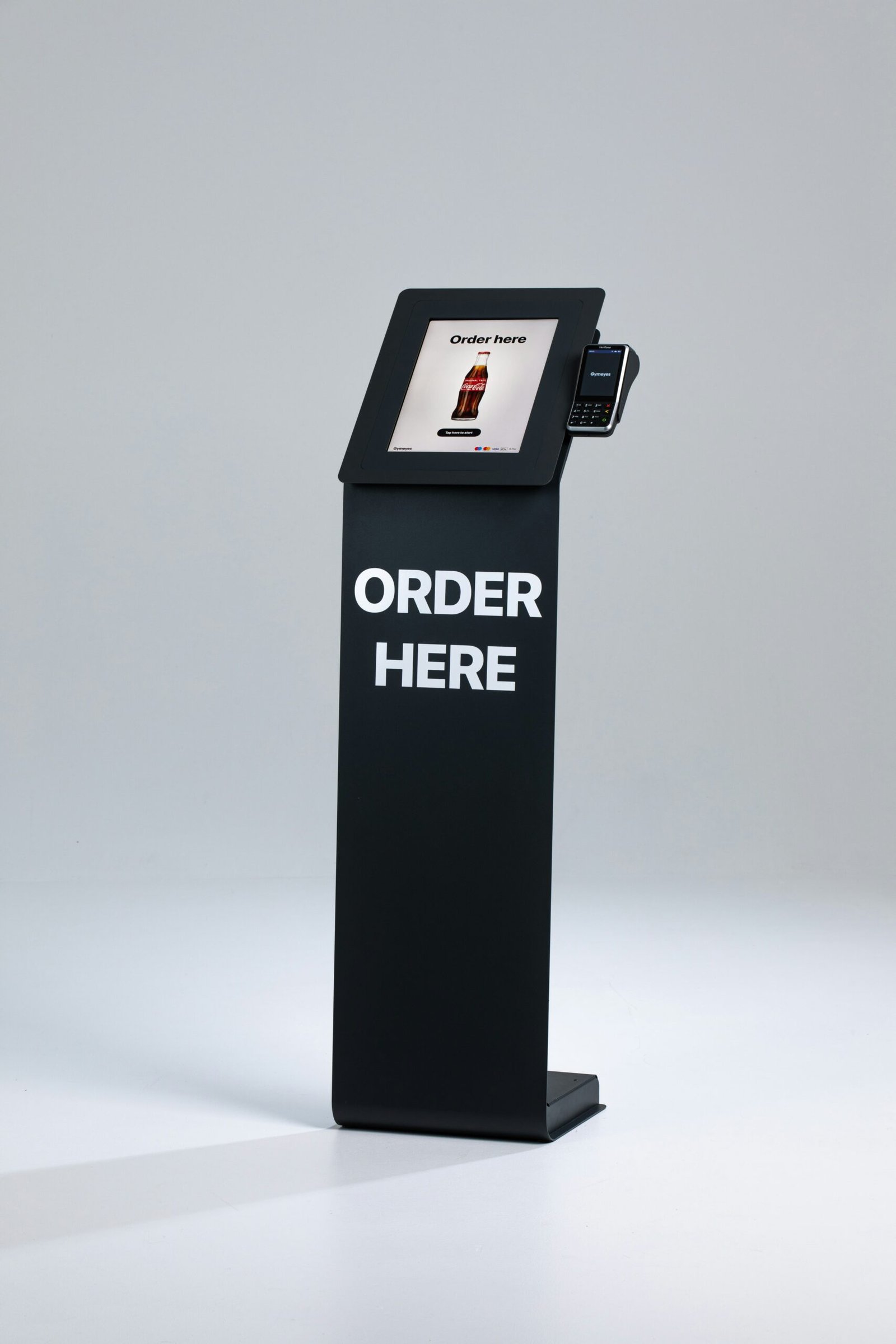Starting a mall kiosk business can be an exciting and lucrative venture.
With the right planning and execution, you can tap into the high foot traffic of a shopping mall and create a successful business.
In this guide, we will walk you through the essential steps to get your mall kiosk business up and running.
Research and Planning
Before diving into any business, it is crucial to conduct thorough research and planning.
Start by identifying the type of products or services you want to offer in your mall kiosk.
Consider your target market, competition, and current trends.
Visit different malls and observe the kiosks already operating there. Take note of the successful ones and analyze their strategies.
This will help you understand what works and what doesn’t in the mall environment.
Find the Right Location
Location is key when it comes to mall kiosk businesses. Look for a prime spot with high foot traffic and visibility.
Consider factors such as proximity to popular stores, entrances, and escalators.
Negotiate with mall management to secure the best possible location for your kiosk.
Remember to check the lease terms and conditions.
Understand the costs involved, including rent, utilities, and any additional fees.
Factor these expenses into your budget to ensure profitability.
Develop a Business Plan
A well-written business plan is essential for any business, including a mall kiosk.
It will outline your goals, target market, marketing strategies, financial projections, and more.
A business plan will not only help you stay focused but also attract potential investors or lenders.
Include a detailed marketing plan in your business plan. Determine how you will promote your kiosk to attract customers.
Consider online marketing, social media, and collaborations with neighboring stores to increase visibility.
Obtain Necessary Permits and Licenses
Ensure that you comply with all the legal requirements before starting your mall kiosk business.
Contact your local government authorities to obtain the necessary permits and licenses.
These may include a business license, sales tax permit, and any specific permits required for your industry.
It is also important to understand and comply with mall regulations and guidelines.
Familiarize yourself with their policies on signage, display restrictions, operating hours, and any other rules that may apply to your kiosk.
Source Suppliers and Inventory
Identify reliable suppliers for your products or services. Research and compare prices, quality, and delivery options.
Establish good relationships with your suppliers to ensure a steady and consistent inventory for your kiosk.
Consider offering a unique and diverse range of products to attract a wider customer base.
Stay up to date with the latest trends and consumer demands to keep your inventory fresh and appealing.
Set Up Your Kiosk
Design your kiosk in a way that grabs attention and reflects your brand.
Consider hiring a professional designer or visual merchandiser to help you create an attractive and functional space.
Utilize effective signage and displays to showcase your products or services.
Invest in quality equipment and fixtures that are durable and easy to maintain.
Ensure that your kiosk is well-lit, organized, and inviting to customers.
Hire and Train Staff
If your mall kiosk requires staffing, hire friendly and knowledgeable employees who can provide excellent customer service.
Train them on your products, sales techniques, and any specific procedures or policies related to your business.
Emphasize the importance of engaging with customers, addressing their needs, and building relationships.
A positive customer experience can go a long way in building a loyal customer base.
Launch and Promote Your Kiosk
Once your kiosk is set up and ready, it’s time to launch and promote your business.
Use a mix of online and offline marketing strategies to create awareness and attract customers.
Utilize social media platforms to showcase your products, run promotions, and engage with potential customers.
Offer special discounts or incentives to encourage people to visit your kiosk.
Collaborate with other stores or businesses in the mall to cross-promote each other.
Monitor and Adapt
Keep a close eye on your business performance and make necessary adjustments along the way. Monitor your sales, customer feedback, and market trends.
Stay open to feedback and be willing to adapt your strategies to meet changing customer demands.
Regularly assess your inventory, pricing, and marketing efforts to ensure your mall kiosk business remains competitive and profitable.
Conclusion
Starting a mall kiosk business requires careful planning, research, and execution.
By following these steps and staying focused on providing excellent customer service, you can create a thriving business in the bustling mall environment.
Remember, success may not come overnight, but with dedication and perseverance, your mall kiosk business can flourish.




Pingback: Best Design Ideas for a Big Brands Kiosk in Malls - Kiosk Design